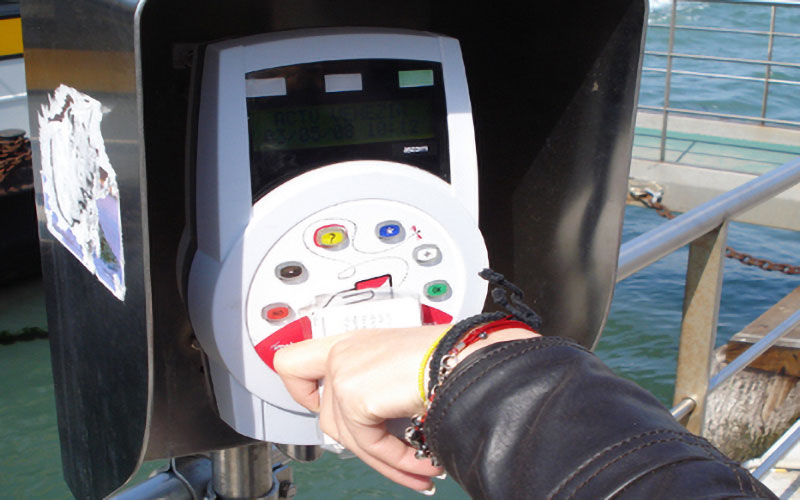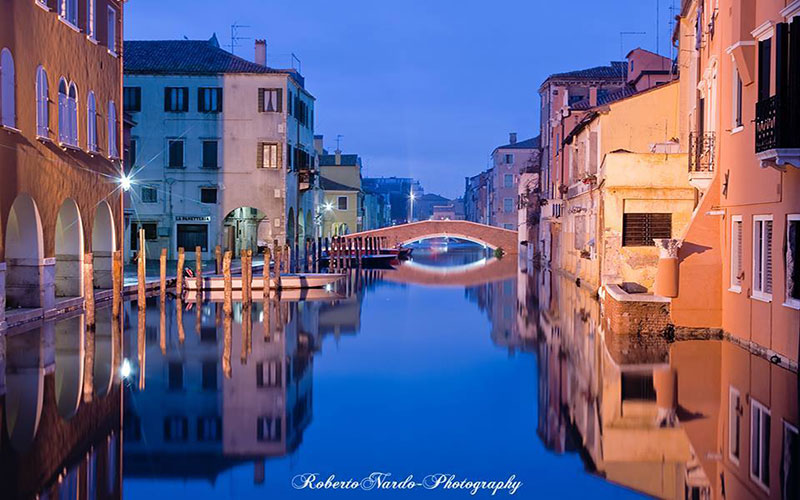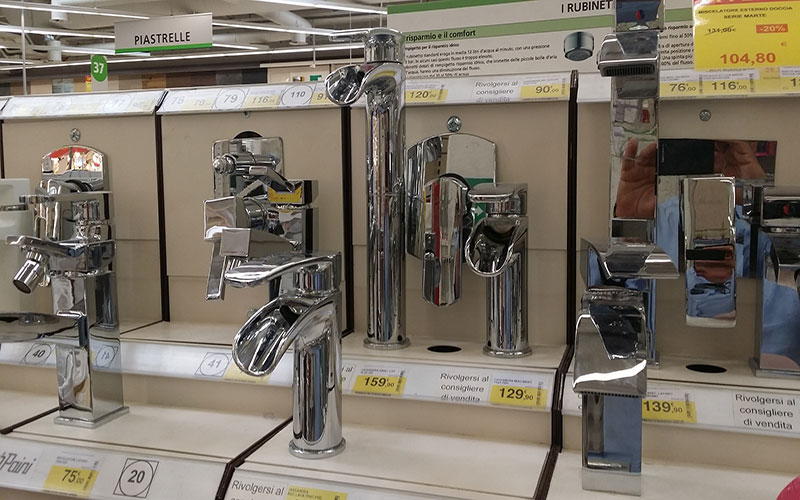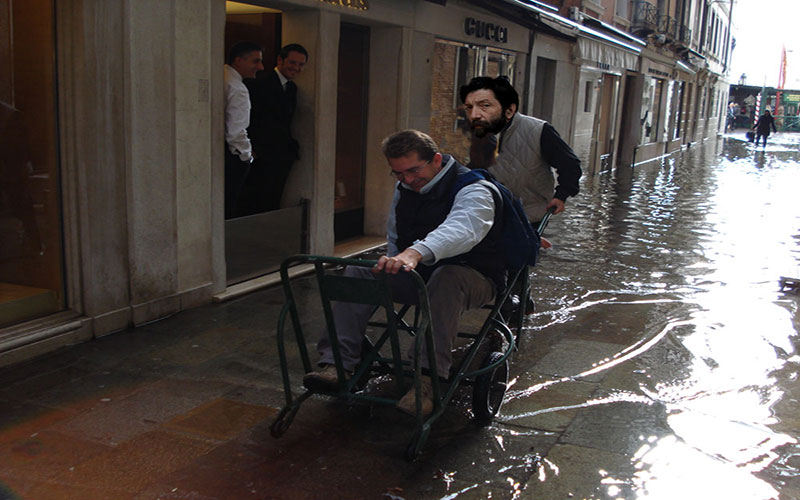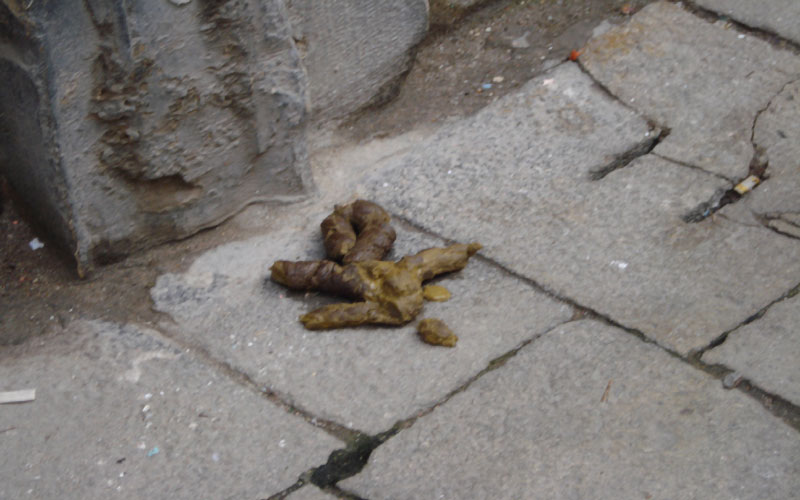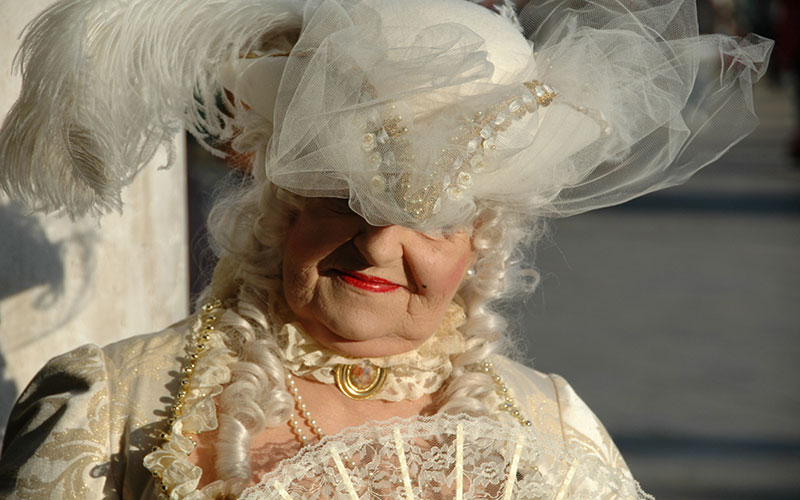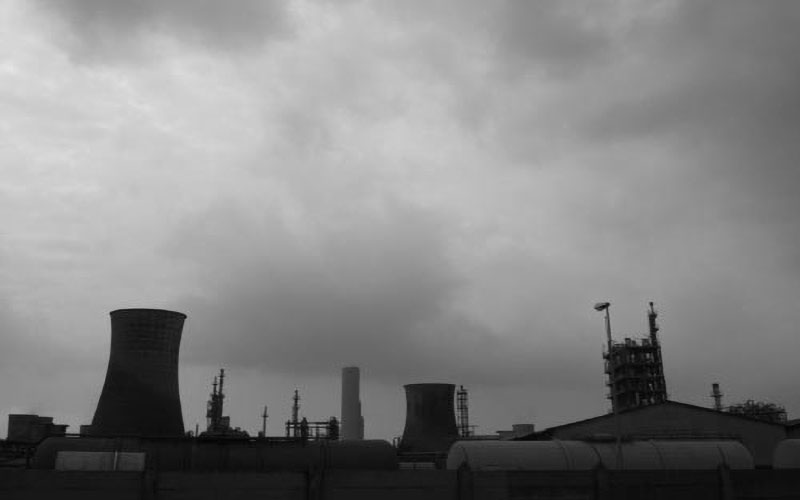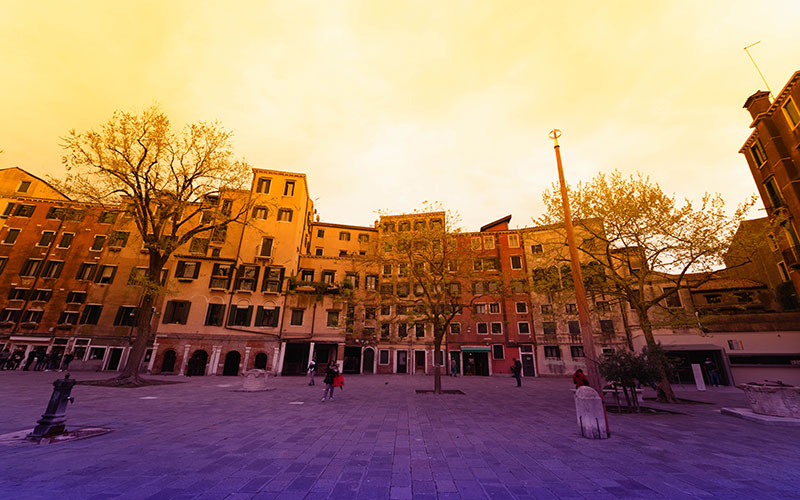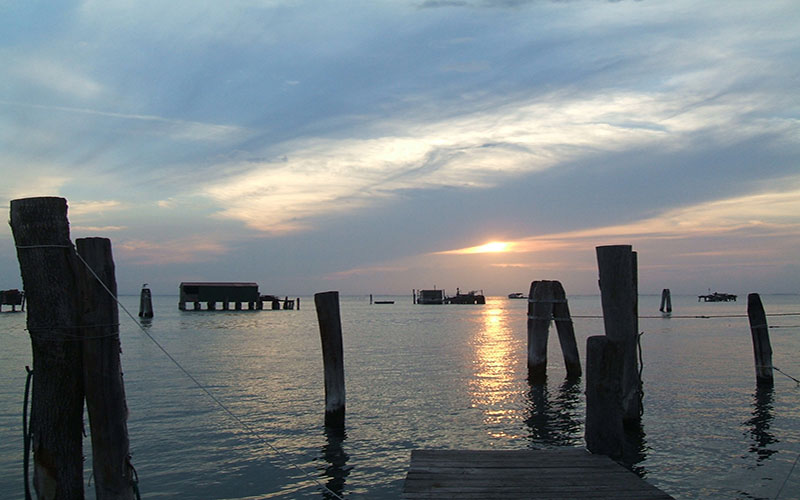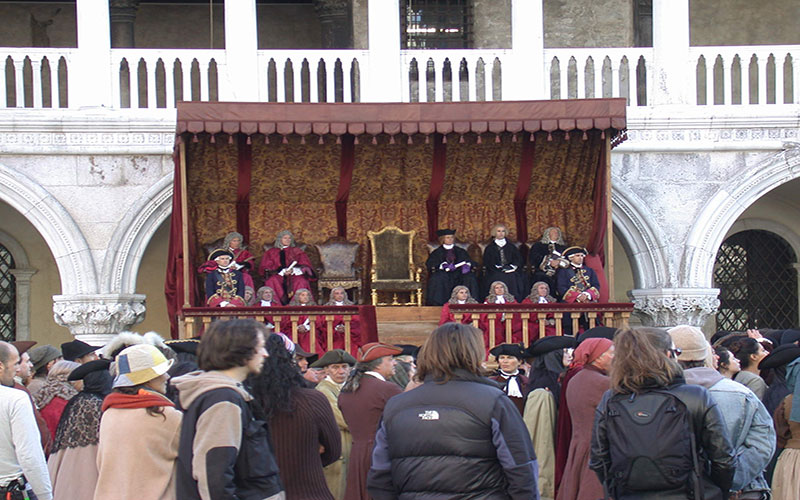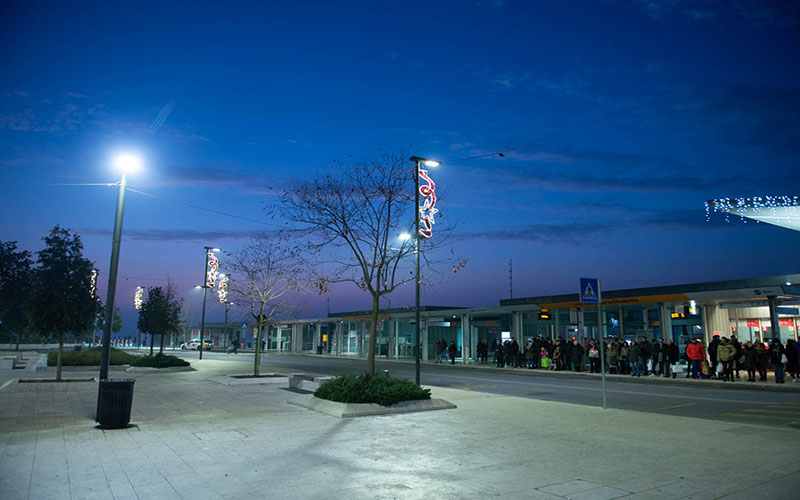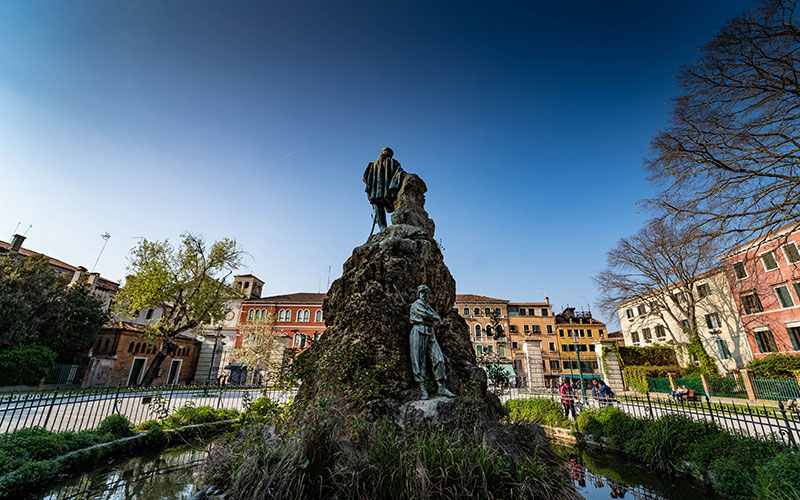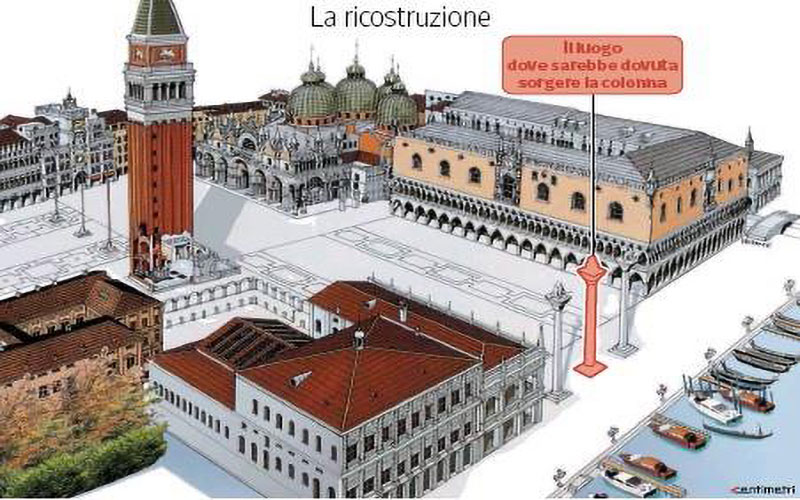Itinerary 1
Train Station / Rialto
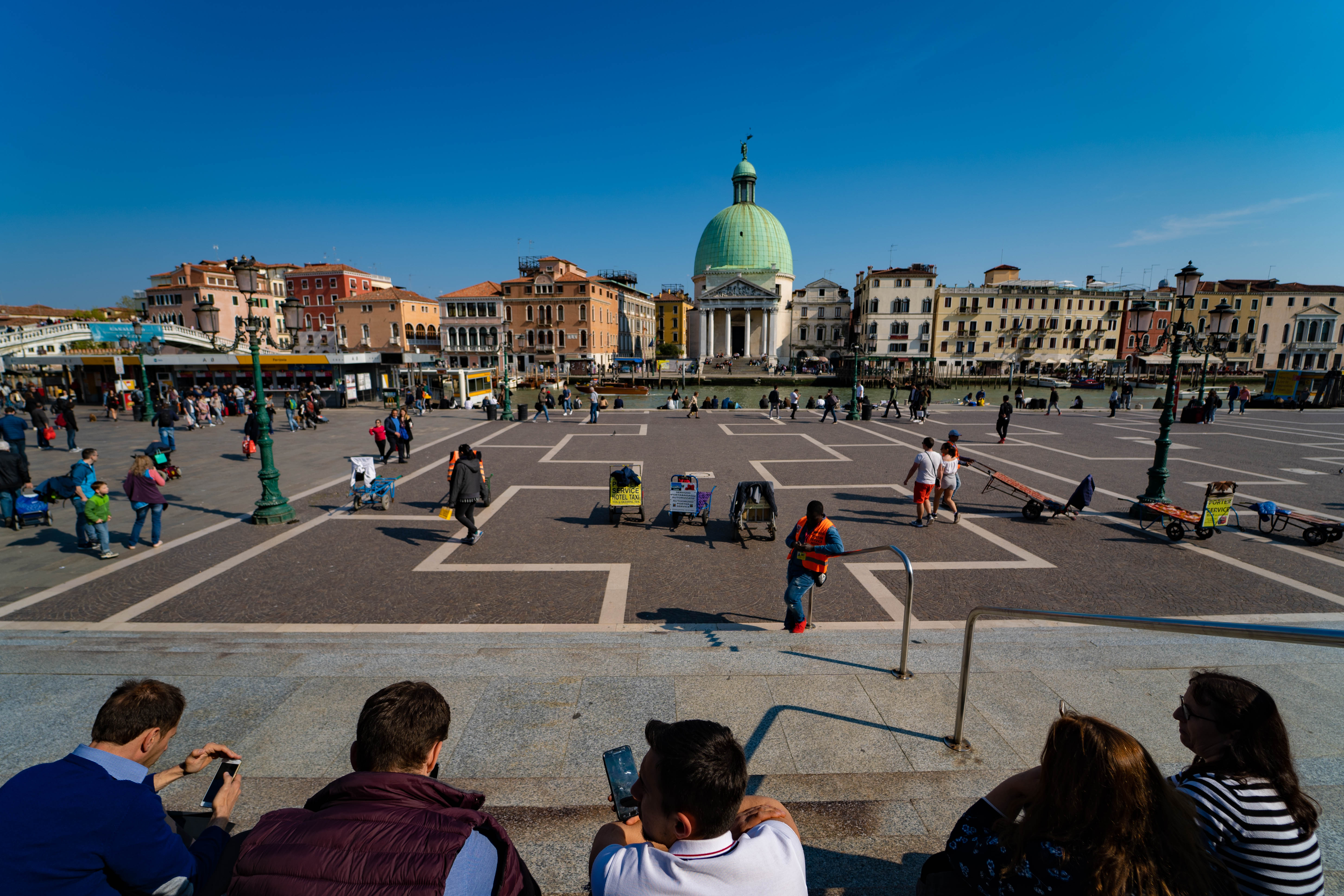 As we leave the train station, let’s look around and sniff the air that smells of sea water. Walk down the few steps which lead you close to the water, just opposite the green cupola of San Simeone Piccolo’s church, which seems to be under endless restoration. On your right you have the landing stage of the vaporetti going to St. Mark’s through the Giudecca Canal, and on your right the pier used by those going to Rialto, St. Mark’s, or Murano. Take the Scalzi bridge on your left, cross the Grand Canal, and continue straight ahead along Calle Longa. Pass a few restaurants, a barber’s shop, a few souvenir stores, and make a left. You’ll have the small De La Bergama iron bridge in front of you. The church past the bridge is the San Simeon Grando’s (i.e. large) church. In case you wonder how come the San Simeon Piccolo (i.e. small) that we saw just opposite the station is twice as big as this one, that is because before this new church was built, the older one which was here was the bigger of the two. After the iron bridge make a right along the fondamenta dei Garzoti (rio Marin). Look on your right at the Gradenigo Palace, and its two ‘’cavane”, i.e. gates where boats can dock. Walk on, passing butchers’ shops and pizza takeaway places. Look at the low ‘Sottoportico’ dei Squelini (Squelini means clay bowl makers, there used to be a potter’s store here). Walk to the Campiello (small square) del Cristo.
As we leave the train station, let’s look around and sniff the air that smells of sea water. Walk down the few steps which lead you close to the water, just opposite the green cupola of San Simeone Piccolo’s church, which seems to be under endless restoration. On your right you have the landing stage of the vaporetti going to St. Mark’s through the Giudecca Canal, and on your right the pier used by those going to Rialto, St. Mark’s, or Murano. Take the Scalzi bridge on your left, cross the Grand Canal, and continue straight ahead along Calle Longa. Pass a few restaurants, a barber’s shop, a few souvenir stores, and make a left. You’ll have the small De La Bergama iron bridge in front of you. The church past the bridge is the San Simeon Grando’s (i.e. large) church. In case you wonder how come the San Simeon Piccolo (i.e. small) that we saw just opposite the station is twice as big as this one, that is because before this new church was built, the older one which was here was the bigger of the two. After the iron bridge make a right along the fondamenta dei Garzoti (rio Marin). Look on your right at the Gradenigo Palace, and its two ‘’cavane”, i.e. gates where boats can dock. Walk on, passing butchers’ shops and pizza takeaway places. Look at the low ‘Sottoportico’ dei Squelini (Squelini means clay bowl makers, there used to be a potter’s store here). Walk to the Campiello (small square) del Cristo. Make a left here and take that small calle that looks like it’s going to lead us to some dark, weird place…. Proceed zigzagging until the Campiello delle Strope, a very cute small square with a small fountain and a well curb. Keep on the right and walk through the sottoportico in front of you (thought to be the second lowest in the entire city). Reach the Corte (courtyard) dell’Anatomia. This name brings back to 1480, when the physician Alessandro Benedetti proposed to build what was called an ‘anatomy theater’, a place where to perform autopsies for reasons of study. It was built here and it was used for about 200 years. In the year 1800 a major fire burnt it to the ground, and the ‘anatomy theater’ was moved to Padua.
Let’s continue our itinerary taking the bridge and get to one of the most famous squares in Venice, San Giacomo dall’Orio. Some say it was named like this because once upon a time wolves lived on this island; some because an Orio family lived here, others maintain the name stems from the fact that the church overlooks the rio. Walk around the campo if you like, or otherwise turn into the first calle on your right. Look at the windows above the bar on the corner of this calle: the window posts are cut in such a way that when the windows are opened the church can’t be seen from inside the house. This is because in that house there used to live a Jew, who didn’t want to see the church from his property.
Walk along the Calle del Tintor (tintor means dyer). Note two small calli with an identical name, Calle delle Oche (geese), which derives from a bas-relief depicting two geese. Before the small bridge, make a short detour through a small calle that leads to a lovely campiello. Backtrack to the bridge. Don’t cross it, walk instead down the fondamenta (embankment) del Parucheta on the left. Parucheta was the nickname of a gentleman who used to wear a wig (paruca). Walk across the crooked bridge. You’ll see the truncated San Boldo steeple in front of you. Make a right and then a left on Salizada della Chiesa. Past the Modena bridge, continue along another fondamenta. About midway down the embankment make a detour through the Sottoportico del Filatoio (spinning mill). Get close to the water. Meditate. Walk back to the fondamenta and move on.
At its end make a right turn, then another right to Campo Santa Maria Mater Domini. Take the bridge you can see, make a left and then aright through a large Sottoportico, after which you’ll see a newsstand. Cross the bridge. The small house you see on the left used to be an ancient terminal of a regular boat service bound for the mainland — something not unlike a modern bus station.
You are now in the Campo San Cassan. Turn into the Calle Muti o Baglioni on your right. Take the second calle on your left, that is Calle de la Bote. Look at the bricks: some are laid horizontally (in the traditional way), others vertically, on edge. Those laid on edge are called Altinelle because they originally came from the demolition of older buildings on the island of Altino, when the inhabitants emigrated to what is now Venice back in the Middle Ages. The island of Altino is of course gone now…
At the end of the calle there is the Calle dei Botteri (barrel makers). Make a right and turn right again. Squeeze under the Sottoportico delle Carampane. These area is called after the case (houses) of the Rampani family. This area was favored by whores in ancient times; they preferred for some reason to live here rather than in the area designated by the Most Serene Republic, i.e. the so-called Castelletto in the San Matteo parish. Continue straight ahead as you exit the sottoportico (on your right there is the famous ponte delle Tette — bridge of the tits — where they say hookers used to stand bare breasted, in an endeavor to lure even the most recalcitrant customers). Walk though the Campiello Albrizzi and arrive at the fondamenta della Furatola. In these dark places (Furatola means hole) there used to be tiny shops selling fried fish and similar food for the poor.
Make a left turn. Walk across the bridge in front of you, go down on the left along the rio tera’ (interred rio), make a right and then a left. You are in the Campiello del Sole. Walk along the house on your left, pass the Sottoportico del Tagiapiera (stonecutter) and take the Calle del Sole. Turn right and then left on Calle della Donzella (maiden). Look back and look at the most askew door in Venice!! This is the oldest area in Venice, all the calli are narrow here, and all the houses are built very close one to another, as it was the norm at a time when Venice was the most populated city in the world. After the Calle della Donzella turn right on the Calle del Volto, then left on the Calle dell’Arco. Some ten meters after turning left you may notice (on your left) a door which has been widened to make it possible for barrels to be rolled through. On your right there is a crooked Sottoportico. Walk through it and end up in the Calle del Figher (fig tree). This is the busy Rialto business district, one of the many ‘true’ Venices. Now it’s up to you: trust one of the many eateries, have a good glass of wine, step into one of the bacari and get yourself drunk….
San Boldo | Sotoportego del Filatoio |
La porta a forma di botte | Sposalizio in rio Marin |
info
-
Associazione Venessia.com
Numero 2850
Delibera iscrizione 92 del 27/05/2010
Finalità Soldarietà/Promozione Sociale/Cultura
PI: 94072520276
-
Castello 2161, VENEZIA
mail: venessia.com@gmail.com







